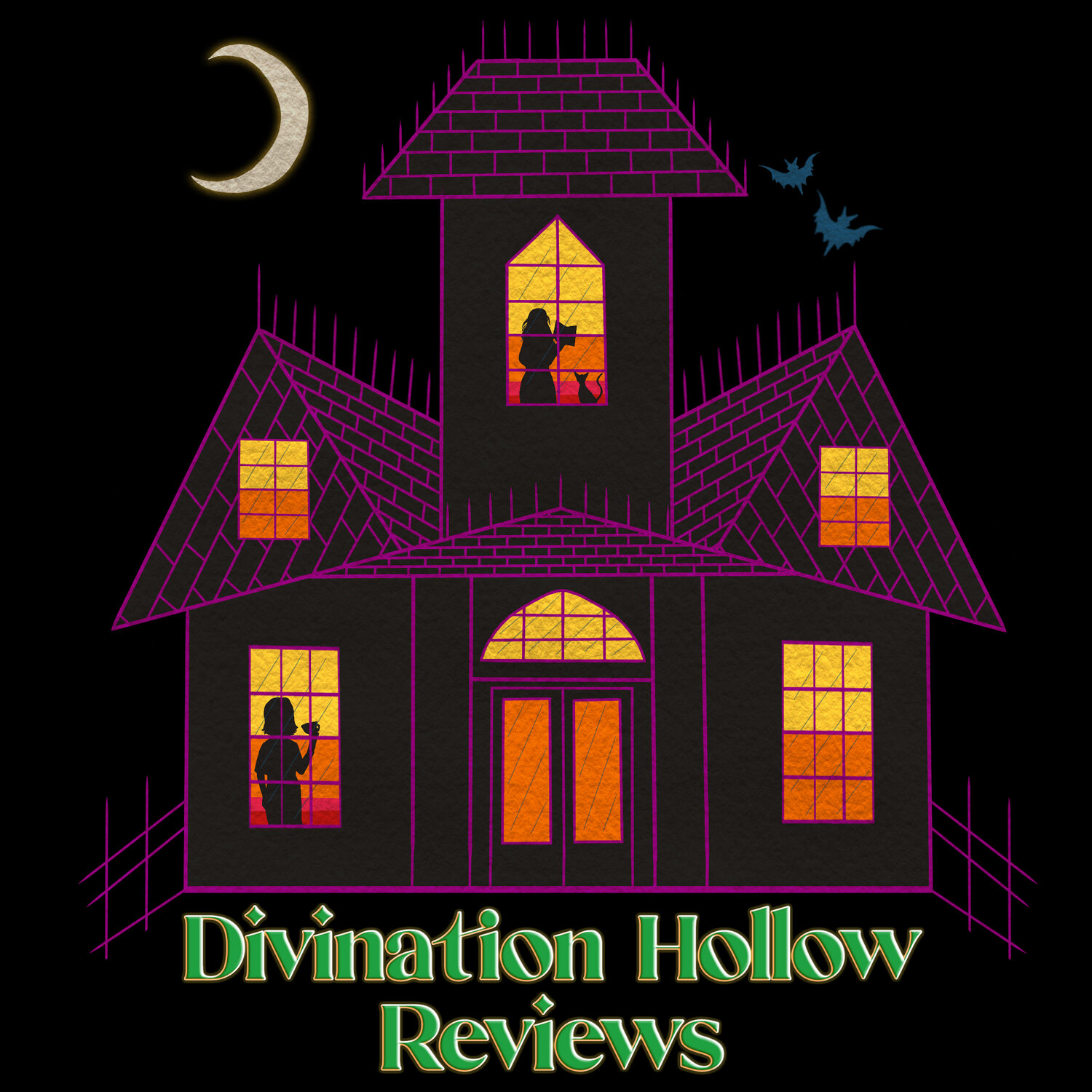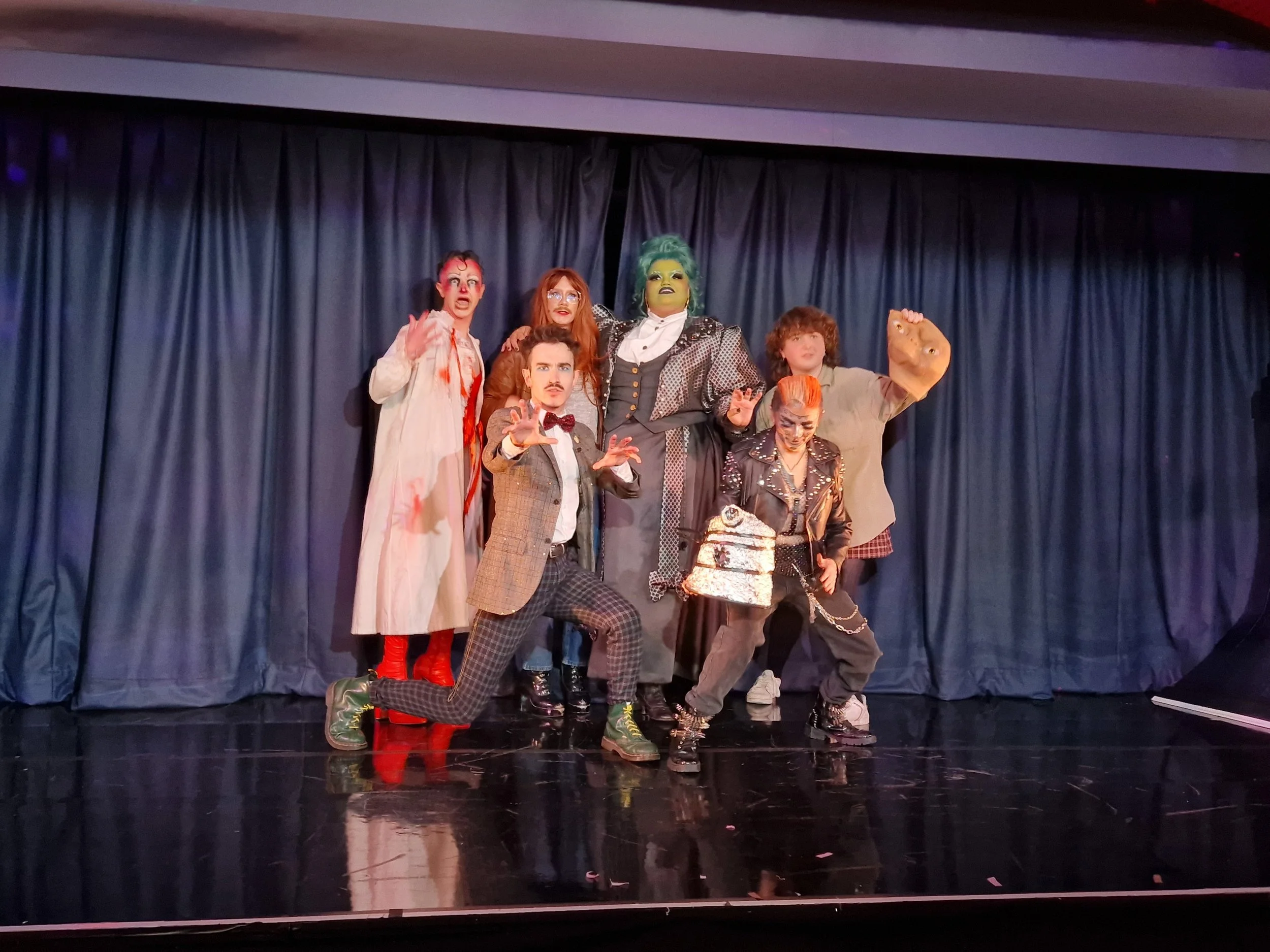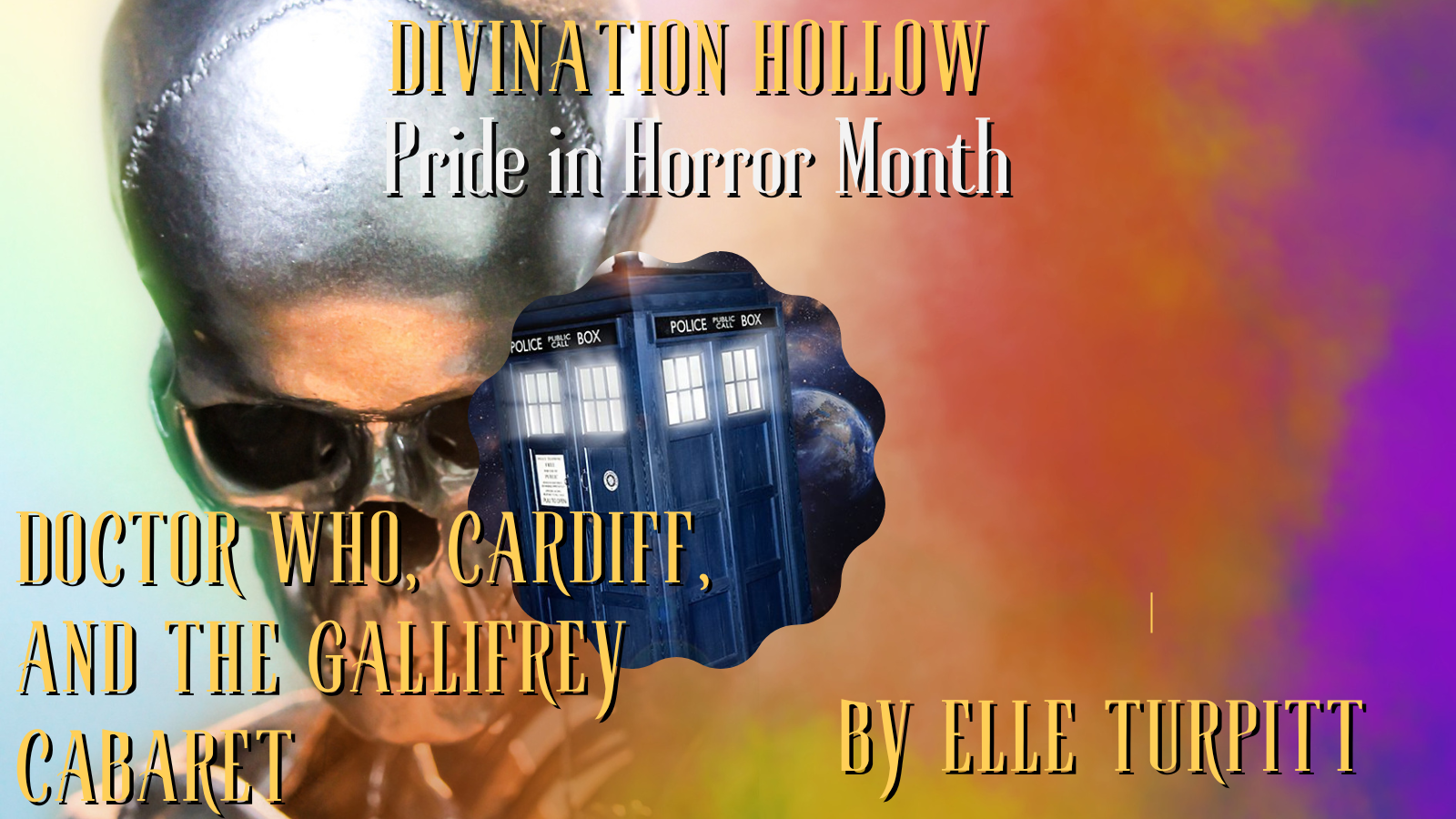PIHM: Doctor Who, Cardiff, and The Gallifrey Cabaret
Cabaret at Wales Millennium Centre
Picture the scene: a room full of Doctor Who fans, specifically, majority queer Doctor Who fans, gathered around tables, with the ability to order drinks directly to said tables, about to embark on the third act of a show, so yes, definitely in tipsy territory, partway through a funny, fantastic, queer adventure through time and space. For the third time that evening, the Doctor Who theme plays, and this room of fans…
Sing along.
To the instruments. It’s a beautiful, joyous moment that perfectly encapsulates the sense in the room, the feeling of being united, all there for the queerest TARDIS in history.
Let’s rewind a bit, shall we? Go back over 20 years ago – a world where Doctor Who was a fairly old TV show your parents talked about, telling you about hiding behind the sofa when the Daleks were on the screen. Where it was, yes, a key part of British culture, but with no actual primetime presence, it felt like a distant relative pulled out on the odd occasion to have a gentle, fun poke at (see Doctor Who: The Curse of Fatal Death, a Red Nose Day parody that predicts part of the show we wouldn’t see until more recent years!).
Cardiff Bay
Cardiff was a small, relatively unknown city, with a docks area undergoing a transformation that would see the area completely changed. At the start of the millennium, things were changing. There was the Wales Millennium Stadium, which hosted its first major event in June 1999, and a few years earlier, in 1997, a referendum was held on Welsh Devolution. Times were a’changing, and the National Assembly for Wales had its first meeting on 12th May, 1999.
There’s a significance to the Cardiff Bay development, and what was taking place around Cardiff at the time, as they became a key part in a revived series that first aired March 26th, 2005. Russell T. Davies quickly became a household name, along with Christopher Eccleston, bringing back the series and introducing it to a younger generation of fans. Some knew of the older series, but this was a modern take on Doctor Who, and for those of us who grew up in and around Cardiff, it was one of the first times our visibly recognisable landmarks were on screen, even if they were, largely, disguised as London. Yet in the third episode of the revival, Cardiff itself firmly gains a role in Doctor Who, when the rift is introduced in The Unquiet Dead. In 2006, Torchwood aired, bringing Cardiff to the forefront not just as a filming location, but a huge part of the show itself, utilizing the new buildings and structures down the bay for entrances to the base. Again, it was a moment of wonder for those of us familiar with the area, and it tied the TV series firmly with Cardiff. Even today, while The Doctor Who Experience has been and gone (a huge loss to the area), Ianto’s Shrine lives on, cared for and preserved by Doctor Who and Torchwood fans.
These shows weren’t just important for those of us in the area, either. Torchwood especially – marketed as a ‘Doctor Who for Adults’ – had strong queer elements right from the start, and Doctor Who itself is definitely not without them, either. So of course fans were drawn to both shows.
Arguably, Cardiff – for a while – became the home of Doctor Who, and looks to be returning to that with the return of Russell T. Davies. The impact the revival has had on the media landscape in Cardiff and Wales is undeniable, even giving rise to Bad Wolf, the production company involved in shows like A Discovery of Witches and His Dark Materials, both filmed in and around Cardiff.
It should then, really, be absolutely no surprise that the Cabaret space at Wales Millennium Centre was full of queer Doctor Who fans, gathered for what promised to be a journey on the queerest TARDIS in time and space.
If you’re a fan of Doctor Who and get the opportunity to go see The Gallifrey Cabaret, you absolutely should. Experiencing this in such a great space was an absolute joy (and Cardiff locals, take note: you need to go see something at WMC Cabaret!), and the whole night was pure fun. The LGBTARDIS landed in Cardiff, the Doctor (Reece Connolly) explains it’s just talking a moment to charge from the rift, and we’re straight in. Along with Donna (drag artist Carrot), we’re taken on a trip that stretches from Cardiff to the outer reaches of the universe, meeting a variety of others along the way – from a Madame Vastra inspired burlesque act, to a stop on a station with a dash of comedy, and even a homage to Kylie Minogue’s Astrid.
The performers from Gallifrey Cabaret’s fantastic Cardiff show
I cannot stress how much fun this night was, each act as delightful as the last. Importantly, as well as joy and laughter, there was something else in store here, too. A particular act took inspiration from a particular doll house nightmare episode, and as someone who is terrified of dolls as it is, this act had me pressed against my seat with my eyes squeezed totally shut in terror. Because honestly, when someone is directly in front of you with a doll’s mask and moving like that…well, it’s an incredible skill, highly effective, and sent chills down my spine, and as someone who freaking loves horror, it was amazing. And scary, yes, but also oh my God it was so damn good??? Anything that gets that kind of reaction out of me is going to be something well remembered, even if in the moment I was, well, creeped the hell out.
If they return to Cardiff, whether it’s with a Doctor Who themed cabaret or a different geek-inspired one, I’ll definitely be attending. If you’re in the UK, check out if they’re coming to a city near you – it’s a fun, uplifting night that’ll leave you with a smile on your face for sure.
And guess who was lucky enough to actually come home with the huge cardboard cut-out of the Tardis itself…
Review by Elle Turpitt
Twitter & Instagram: @elleturpitt
www.elleturpitt.com







